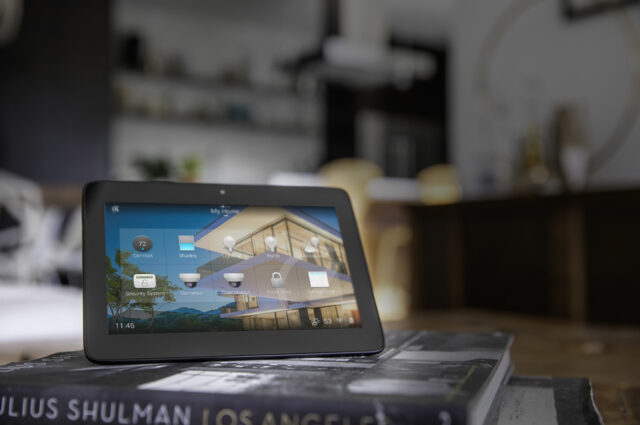
There is an old adage that says, ‘words mean things’. Are you familiar with it? It is an adage we use to make a very simple point: we aren’t free to arbitrarily change the meanings of words in order to suit our own purposes. People who adhere religiously to the principal do not take too kindly to words and phrases being used interchangeably even when they mean two different things. A case in point are the terms ‘home automation’ and ‘smart home’.
Generally speaking, smart homes also make use of home automation. But they don’t have to. You could set up the smartest home in the world and never take advantage of the automation your system offers you. In such a case, you wouldn’t be a home automation user; you would simply be a smart home owner.
The distinction between the terms is only subtle because most smart home owners take full advantage of automation. Remove that factor and the difference is actually pretty significant. Keep reading if you want to know why.
Smart Homes and Devices
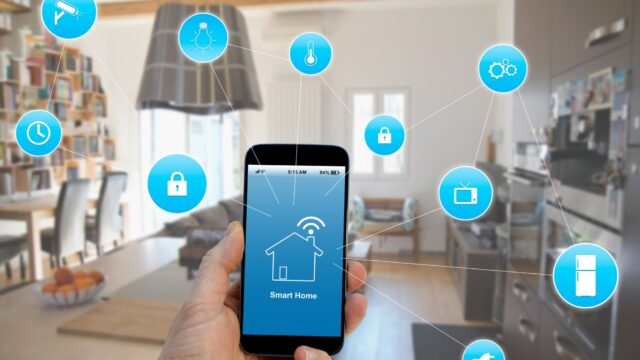
Making your home smart begins with investing in smart devices. A single smart device can be anything from a smart thermostat to a video doorbell. Many of us already into the smart home concept got our start with a smart speaker from either Google or Amazon.
What makes a device smart? There are several criteria:
- The device offers automation capabilities
- The device can be controlled remotely via the internet
- The device is able to artificially ‘learn’ or automatically self-adjust.
Please note that a smart device can offer all three functionalities but still not be used to its full potential by an owner who doesn’t choose to exploit all three. Take the smart thermostat. A homeowner could program it to take advantage of its automation capabilities. At the same time, they may never access it remotely or enable the feature that allows it to artificially learn.
That said, a single smart device does not a smart home make. A smart home is one equipped with multiple smart devices that may or may not be programmed to work together. In this regard, defining a smart home is somewhat arbitrary. Can your home be considered smart if you only have two devices? Maybe you need at least three or four.
Smart Devices and Automation
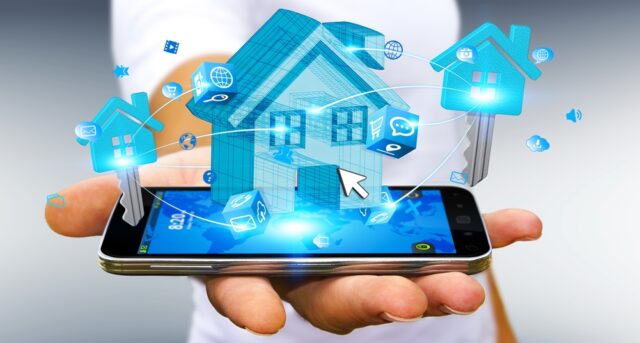
Home automation comes into play when smart device owners start taking advantage of automation capabilities. Let us go back to the thermostat. Vivint Smart Home, a nationwide home automation and security provider, says that most of the top-of-the-line smart thermostat brands build automation into their units.
The principle is pretty basic. You program your thermostat to automatically adjust temperature based on time of day and season. Once programmed, you theoretically do not have to mess with the thermostat again. It automatically controls the temperature of your home without any further input.
If you have a smart thermostat capable of artificially learning, it will collect data from other points in your home automation system. Why? To try to understand your regular routine. With enough data gathered and analyzed, the thermostat can self-adjust to maximize efficiency. You can still override its programming at any time, both remotely and locally.
Examples of Both Scenarios
If you still aren’t clear on the difference between home automation and the smart home, perhaps a couple of examples would help. Below are two, each one illustrating one side of the coin:
1. Voice Control Home
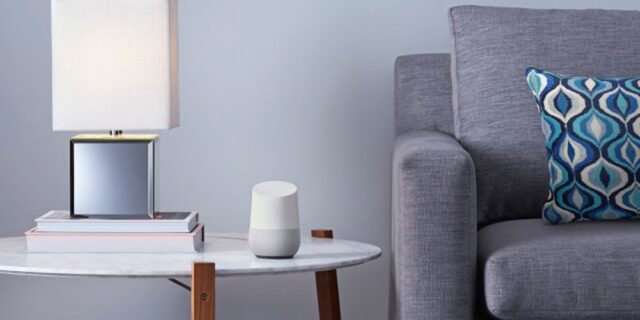
As previously stated, many of us got started in the smart home movement with a smart speaker from Google or Amazon. Popular models include Google Home, Amazon Echo, and Amazon Alexa. The main point of the smart speaker is to recognize voice commands and respond accordingly.
Perhaps you want to know the score of last night’s game. Just ask your smart speaker. Maybe one of the kids needs to know some information to finish the evening’s homework. Rather than click through endless links, the child simply asks a question.
While both scenarios involve a smart device (your smart speaker) neither one constitutes a use of automation. Why? Because the smart speaker was activated by a voice command. For all intents and purposes, this is a manual activation. That is you or your child initiating whatever action the smart speaker took.
To make this same scenario fall under the home automation category, the smart speaker would have to retrieve the information on its own. You would not have to prompt it. Now, this could be done. You could program your smart system to retrieve the sports scores and news from the night before and automatically read them at 7 o’clock every morning. That is an example of home automation.
2. Programing Lighting Scenes
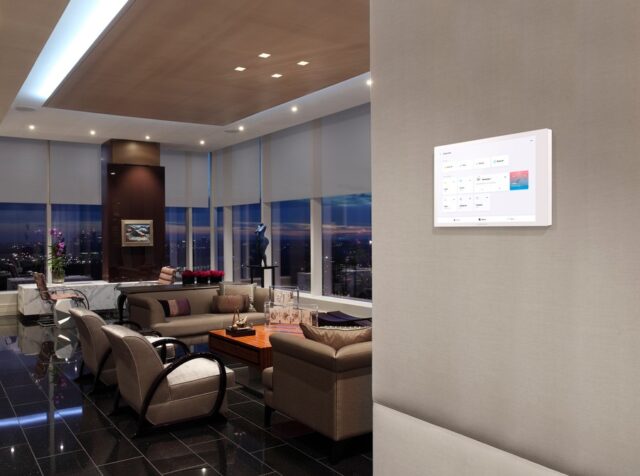
The second example involves smart lighting. If you only use a smart lighting involves speaking to your smart speaker to turn lights on and off, you are not practicing home automation. You are still effecting a manual change to your lights. The only difference is that you are using your voice instead of a wall-mounted switch.
On the other hand, consider programming different lighting scenes throughout your house. You have one scene programed for first thing in the morning. It provides enough gentle light to help the family get out of bed and get going. An hour into your day, the lighting scene changes to accommodate your family’s busy schedule.
You can program another scene for the evening hours. Your programming can be adjusted to take advantage of seasonal changes. But just like the smart thermostat, your lights automatically turn on and off according to programming. You do not have to intervene at all.
You may not draw a distinction between home automation and the smart home in general. That’s fine. But if you are more into details, home automation and the smart home are distinctly different. They do overlap in the sense that most smart home owners utilize automation capabilities. The terms remain distinct if home automation is not utilized.














